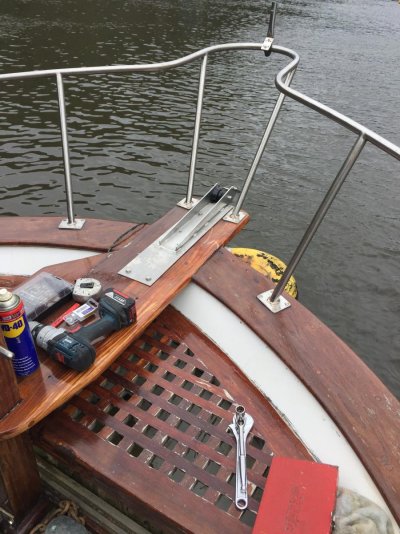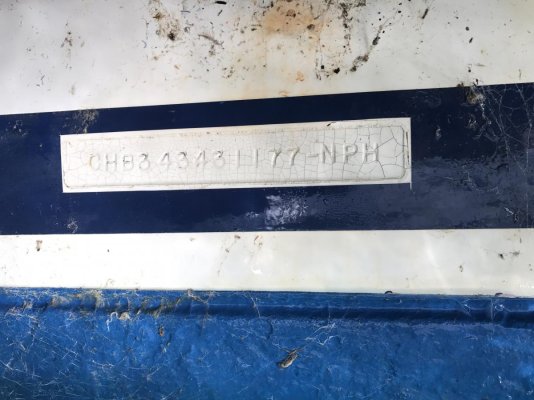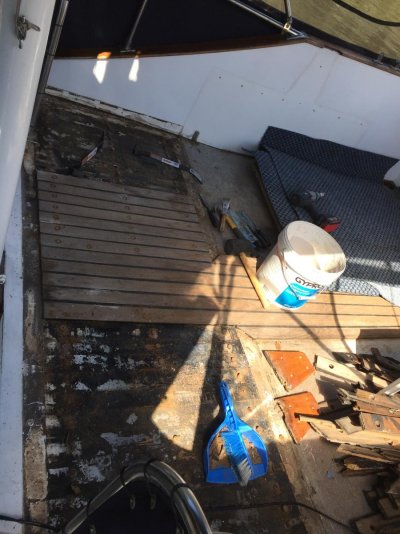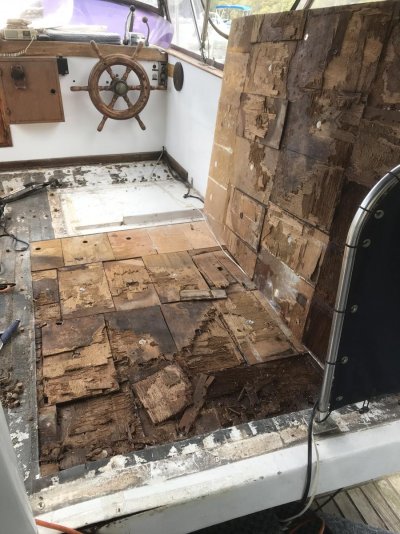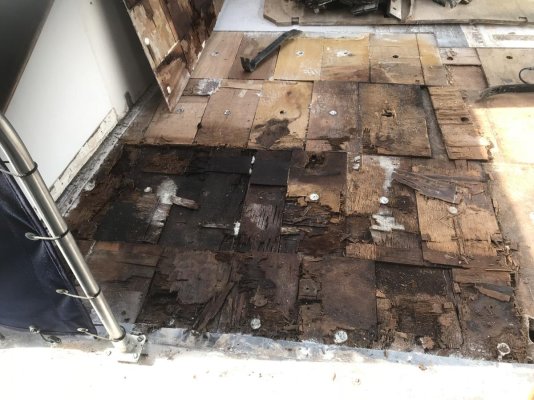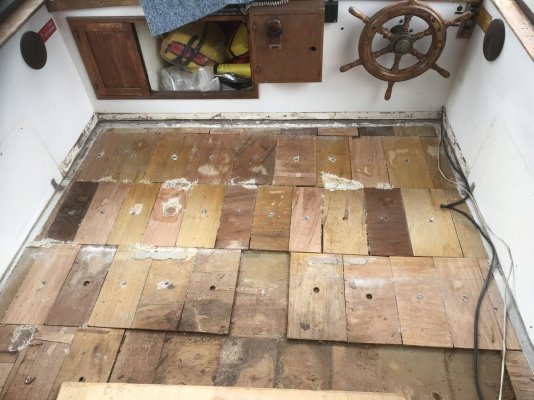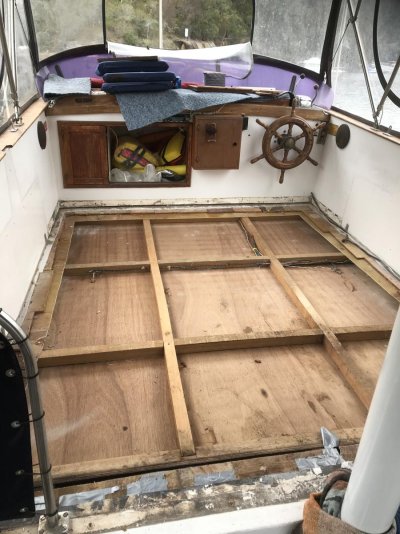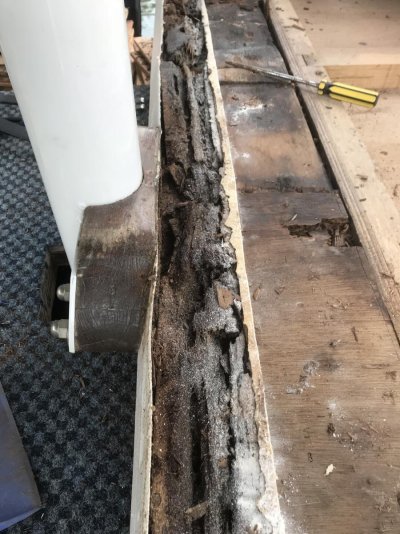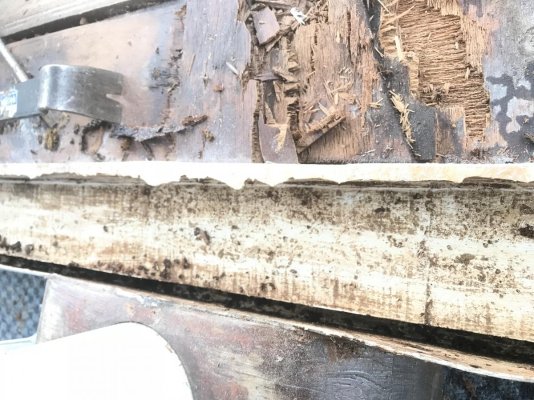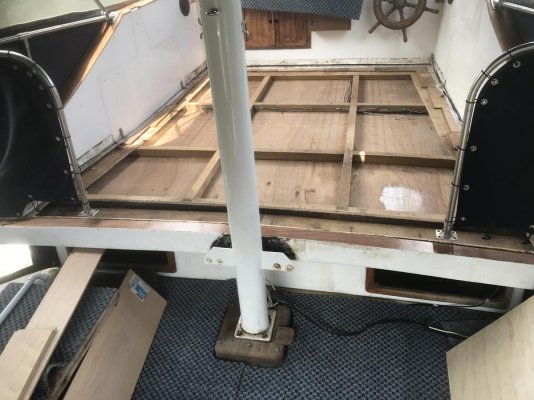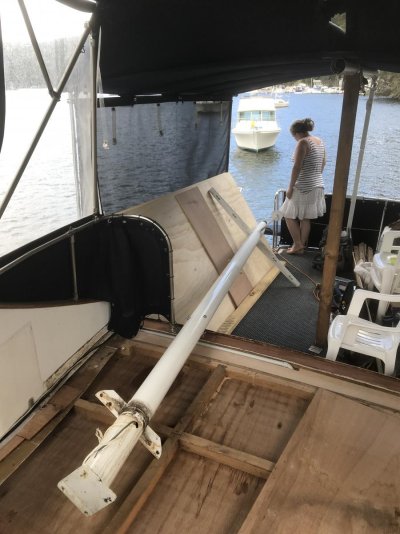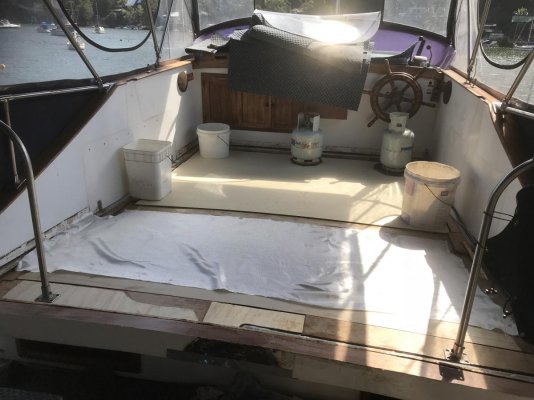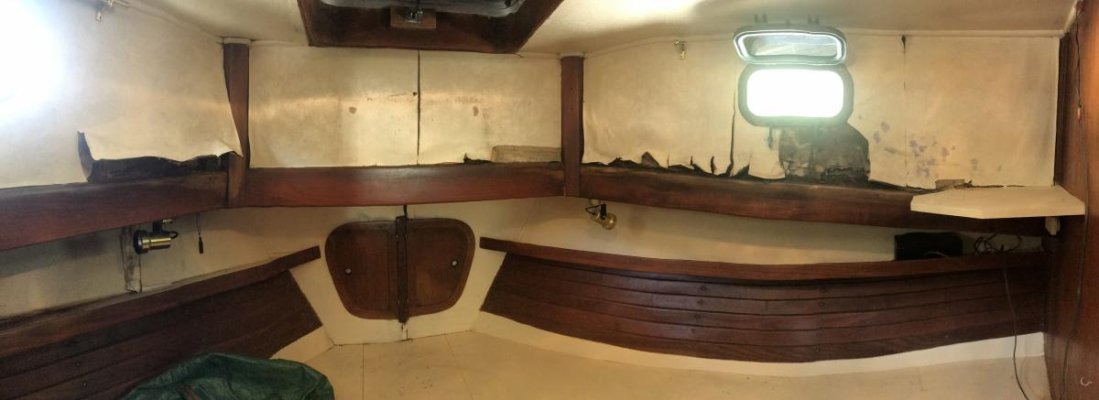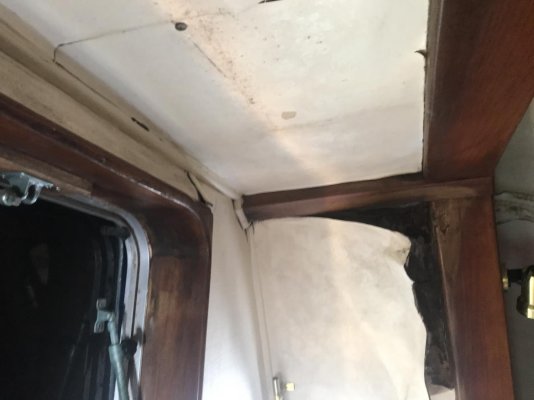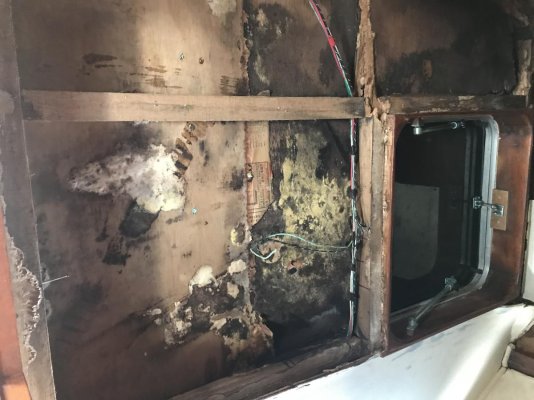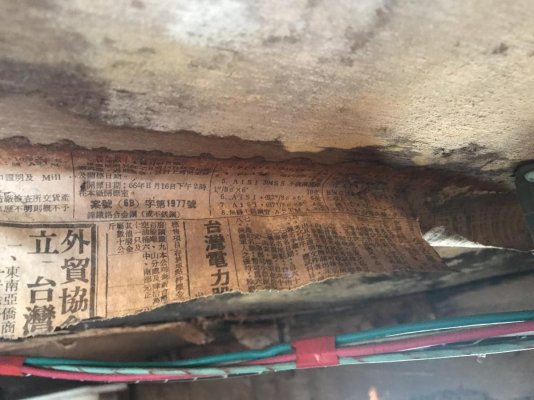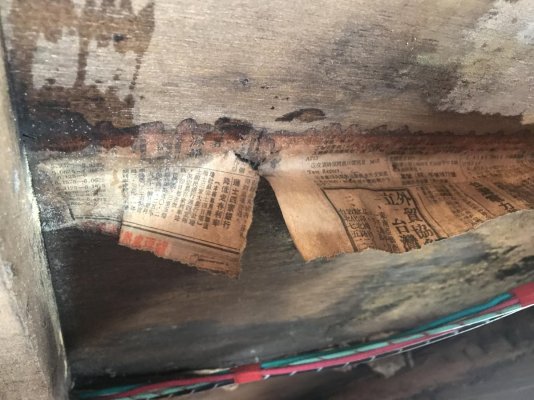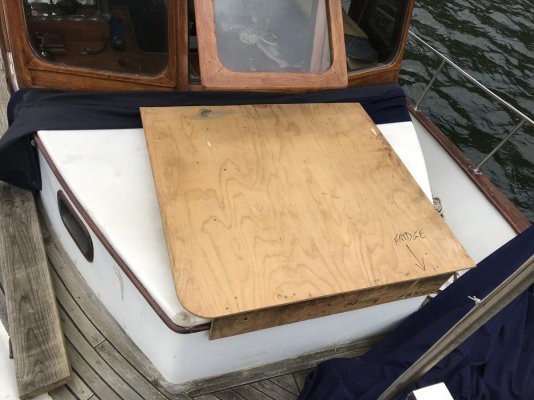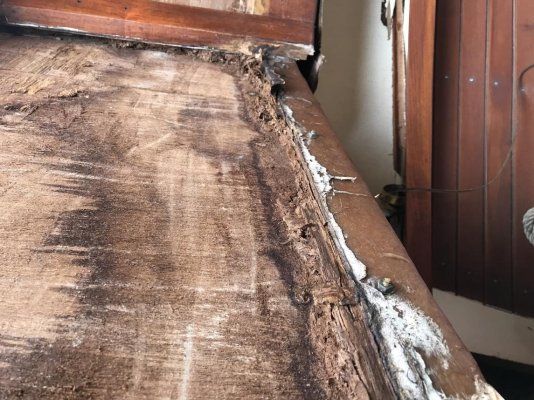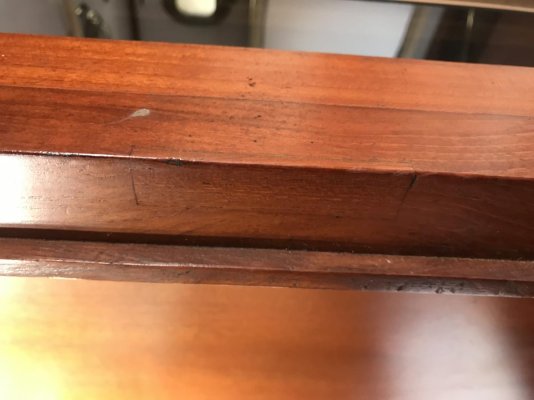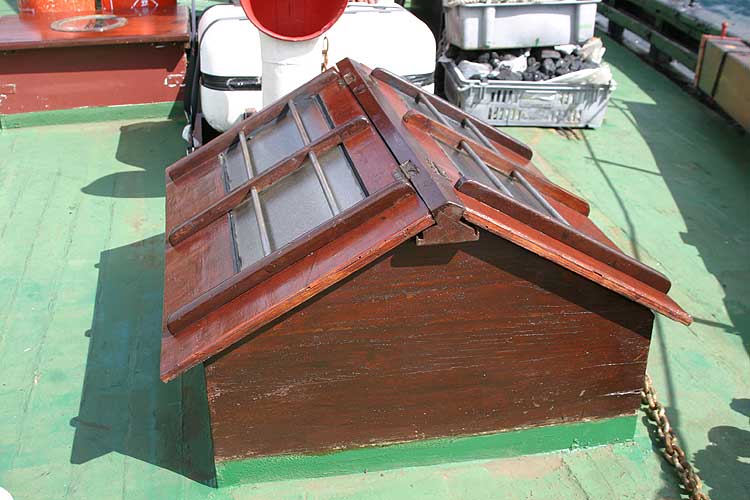Hi guys,
I thought I would start a thread following my restoration/repair of my 1977 34' Clipper (CHB) Pilothouse. This boat has been in my family for 20 years, and I have recently taken ownership of her. The bad news is that it has suffered from all of the common issues with these boats. The front cabin has rotted out, the rear cockpit deck, upper flybridge deck, sections of the top deck as well as under the windows.
This boat has a lot of sentimental value, and I plan on restoring it to its former beauty, while upgrading parts of it to bring it into 2018.
The hull appears to be rock solid, and the 120 Lehman still starts within 2-3 seconds of cranking.
I believe it can be saved if I dedicate a lot of time. I am hoping to do 90% of the work myself to keep expenses to a minimum.
Wish me luck, I know it wont be easy or carried out quickly.
I am hoping to share my experiences with fellow owners, as well as learn a thing or two from you all along the journey. Be prepared for a 1-2 year project.
Tim
I thought I would start a thread following my restoration/repair of my 1977 34' Clipper (CHB) Pilothouse. This boat has been in my family for 20 years, and I have recently taken ownership of her. The bad news is that it has suffered from all of the common issues with these boats. The front cabin has rotted out, the rear cockpit deck, upper flybridge deck, sections of the top deck as well as under the windows.
This boat has a lot of sentimental value, and I plan on restoring it to its former beauty, while upgrading parts of it to bring it into 2018.
The hull appears to be rock solid, and the 120 Lehman still starts within 2-3 seconds of cranking.
I believe it can be saved if I dedicate a lot of time. I am hoping to do 90% of the work myself to keep expenses to a minimum.
Wish me luck, I know it wont be easy or carried out quickly.
I am hoping to share my experiences with fellow owners, as well as learn a thing or two from you all along the journey. Be prepared for a 1-2 year project.
Tim


